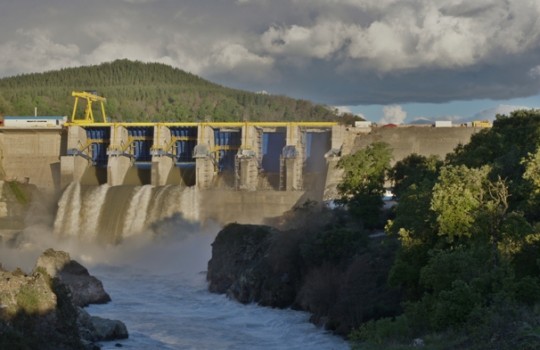
Since July last year, when reservoir and run-of-river power plants accounted for 38% of the SIC’s share, hydroelectricity had been the majority in the SIC.
Water supply dropped below 50% for the first time in six months
The Central Interconnected System (SIC) recorded an increase in gas and coal-fired thermal generation, to the detriment of hydroelectricity, during January, reflecting a reduction in water reserves in the system’s large reservoirs.
In the first month of this year, dam and run-of-river units contributed 48% of the system’s total energy, while coal-fired units increased from 24% to 26% and natural gas units from 3% to 14%.
“In the month of January, the SIC operation was characterized by a hydro share of 48%, which is 13% lower compared to the previous month. On the other hand, LNG participation rose by 11% while coal increased by 2%. In other words, the lower availability of reservoir energy was compensated by higher LNG generation”, states the latest report by the consulting firm Systep.
The report warns that the energy stored in the SIC remains at historically low levels, representing only 60% of the historical monthly average for January. “So far in the 2015/2016 hydrological year (from April to January), the observed surplus level is equal to 79%, i.e., it ranks among the 21% of the driest hydrologies observed at the same date,” it is stressed.
Declining costs
Despite this, the marginal costs of the system have remained low, given the drop in the cost of LNG. According to Systep, the value of reservoir water showed similar levels to that of LNG towards the end of the month, which allowed the January marginal cost to average US$50.4 per MWh in the Alto Jahuel 220 kV busbar.
Although this figure is 17% higher than the US$43.2 per MWh of December, it is 53% lower than the same month of the previous year.
This allowed the SING to show lower values in January than those of the SIC, averaging US$48.3 per MWh in the Crucero 220 kV busbar, a figure that is 3.9% lower than December 2015 (US$50.2) and 2.9% lower than the US$49.7 per MWh of January 2015.



